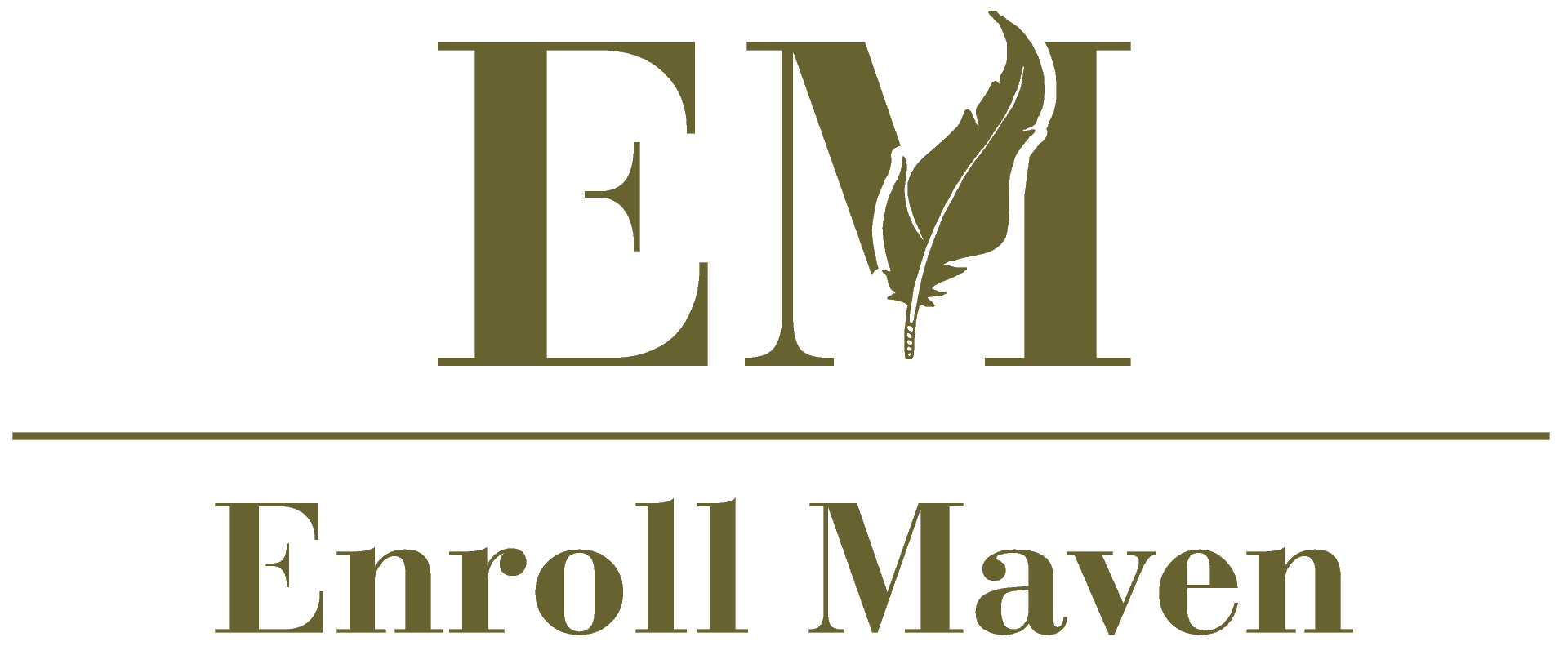Academic success often hinges on mastering effective study methods for exams, which can be a daunting task for many students. With numerous study techniques and strategies available, it can be challenging to determine the best approach for achieving academic excellence. However, by understanding different study methods and approaches, students can develop a personalized study routine that suits their learning style and needs.
The Best Method to Study for a Test
I’ve learned a thing or two about studying effectively, and I’m excited to share my knowledge with you.
-
Create a Study Plan
Before diving into your studies, take some time to plan out what you need to accomplish. Break down larger topics into smaller, manageable chunks, and set specific goals for each study session.
This will help you stay focused and ensure that you’re covering all the material you need to know.
-
Use Active Learning Techniques
Passive learning, such as simply reading through notes or listening to lectures, can be ineffective. Instead, try active learning techniques like summarizing information in your own words, creating concept maps, or making flashcards.
These methods will help you engage with the material and retain information better.
-
Practice Testing Yourself
One of the most effective ways to prepare for a test is to practice testing yourself. Try taking practice quizzes or tests, or even just quizzing yourself on the material.
This will help you identify areas where you need to focus your studying and give you a sense of how well you’ll do on the actual test.
-
Get Enough Sleep and Take Breaks
It’s easy to get caught up in studying and push yourself too hard, but this can actually be counterproductive. Make sure to get enough sleep and take regular breaks to give your brain a chance to rest.
This will help you stay focused and retain information better.
-
Stay Organized and Use Resources Wisely
Staying organized is crucial when it comes to studying. Keep all your materials, including notes and study guides, in one place and make sure you have everything you need before each study session.
Additionally, don’t be afraid to seek out extra help if you need it. Whether it’s a tutor, a classmate, or online resources, there are plenty of options available to support your learning.
-
Review and Reflect Regularly
Finally, make sure to review and reflect on your progress regularly. Go over what you’ve studied, identify areas where you need to improve, and adjust your study plan accordingly.
This will help you stay on track and ensure that you’re making the most of your study time.
By following these steps, you’ll be well on your way to developing a study routine that works for you and helps you achieve your goals.
Remember, studying is a process, and it takes time and effort to develop good habits. But with persistence and dedication, you can master any subject and achieve academic success.
What Are the 4 Types of Study Methods?
There are four primary types of study methods that individuals can utilize to learn and retain information effectively.
-
Visual Learning Style
Individuals who prefer visual learning tend to process information better when presented in images, diagrams, charts, and videos.
- They often benefit from watching lectures, reading textbooks with illustrations, and using mind maps to organize information.
- Visual learners may struggle with auditory instructions and written notes alone.
-
Auditory Learning Style
Auditory learners tend to absorb information better when it is presented orally, through discussions, lectures, and audio recordings.
- They often excel in classes that involve group discussions, debates, and presentations.
- Auditory learners may find it challenging to focus on written materials without accompanying audio explanations.
-
Kinaesthetic Learning Style
Kinaesthetic learners tend to engage with information better when they can physically interact with it, through hands-on activities, experiments, and role-playing.
- They often thrive in environments that encourage exploration, experimentation, and creativity.
- Kinaesthetic learners may struggle with passive learning methods, such as reading or listening alone.
-
Tactile Learning Style
Tactile learners tend to process information better when they can touch and manipulate physical objects, such as writing, drawing, or crafting.
- They often benefit from using flashcards, note-taking systems, and other tactile aids to reinforce learning.
- Tactile learners may find it challenging to focus on abstract concepts without concrete representations.
Understanding these four types of study methods can help individuals tailor their learning approach to suit their unique needs and preferences, leading to improved retention and comprehension of material.
The Best Method for Studying
As someone who values academic success, I’ve learned that there’s no one-size-fits-all approach to studying.
- Create a conducive study environment: Identify a quiet, comfortable space that minimizes distractions and promotes focus.
- Set clear goals and priorities: Break down large tasks into manageable chunks, and establish a schedule to stay on track.
- Develop a consistent routine: Establish a regular study routine, allowing you to make progress and build momentum.
- Use active learning techniques: Engage with course materials through summarization, self-quizzing, and elaboration to retain information better.
- Practice active recall: Regularly test yourself on key concepts to reinforce understanding and identify knowledge gaps.
- Take breaks and stay organized: Balance study sessions with regular breaks, and maintain a clean and organized workspace to reduce stress.
- Seek support and resources: Leverage classmates, tutors, and online resources to supplement learning and overcome challenges.
- Stay motivated and accountable: Celebrate small victories, set realistic expectations, and hold yourself accountable for meeting goals.
- Review and adjust regularly: Reflect on study habits, adjust approaches as needed, and refine techniques to optimize learning outcomes.
- Stay up-to-date with the latest trends and methodologies: Explore emerging research, attend workshops, and engage with experts to enhance knowledge and skills.
By incorporating these strategies into your study routine, you’ll be well-equipped to tackle challenging coursework, develop a growth mindset, and achieve academic success.
Additional Resources:
- Khan Academy: A free online platform offering video lectures, interactive exercises, and personalized learning dashboards.
- Coursera: An online learning platform featuring courses from top universities, with flexible scheduling and affordable pricing options.
- edX: A massive open online course provider offering a wide range of subjects, with opportunities for certification and career advancement.
Conclusion:
Effective studying requires a combination of strategy, discipline, and adaptability. By embracing these principles and leveraging available resources, you’ll be empowered to excel academically and achieve your full potential.
The 123 Study Method
I’ve learned the importance of having a solid study routine to stay ahead in academics.
-
Step 1: Learn the Material
This involves actively participating in class, taking notes, and asking questions to clarify any doubts.
- Attend classes regularly and take detailed notes on the topics covered.
- Review your notes daily to reinforce your understanding of the material.
- Ask your teacher or classmates for clarification on any concepts you don’t understand.
Step 2: Review and Reflect
This step helps to solidify your understanding of the material and identify areas where you need further practice.
- Set aside dedicated time to review your notes and textbook.
- Make flashcards to help you memorize key terms and concepts.
- Practice past exams or quizzes to test your knowledge and identify areas for improvement.
Step 3: Practice and Apply
This final step helps to reinforce your understanding of the material and develop problem-solving skills.
- Work on practice problems or projects that apply what you’ve learned.
- Join a study group or find a study buddy to collaborate and learn from each other.
- Seek feedback from teachers or peers on your work and use it to improve.
By following these steps, I’ve found that my studying has become more efficient and effective, allowing me to retain information better and perform well in exams.
As someone who values education, I believe that developing good study habits is essential for achieving academic success.
At Enroll Maven, we offer a range of resources and tools to help students like you develop effective study habits and achieve their academic goals.
Whether you’re struggling with a particular subject or looking to improve your overall study routine, our team is here to support you every step of the way.
So why wait? Start implementing the 123 study method today and see the difference it can make in your academic journey!
The 7 5 321 Study Method
I’ve come across various study methods that can help individuals retain information effectively, and one such method is the 7 5 321 study technique.
- This approach involves revisiting your initial set of notes at specific intervals to reinforce learning and retention.
- The 7 5 321 study method suggests reviewing your notes on day one, taking a second look on day two and day three, and then revisiting them on day five and day seven.
- Each time you review your notes, you should identify and expand upon key facts that you need to remember.
By implementing this study method, you can optimize your learning process and improve your ability to recall important information.
- Start by creating a schedule to review your notes at the designated intervals.
- When reviewing your notes, focus on identifying key concepts and facts that require further attention.
- Expand upon these key concepts by adding additional details, examples, or explanations to solidify your understanding.
- As you progress through the 7 5 321 study method, you’ll find that your retention and recall of information improve significantly.
Remember, consistency and patience are essential when implementing this study method. By sticking to your schedule and actively engaging with your notes, you can develop a stronger foundation for long-term knowledge retention.
For more effective learning strategies and tips, visit our website at EnrollMaven.
Additionally, you may want to explore other study techniques, such as the Pomodoro Technique, which involves working in focused 25-minute increments, followed by a 5-minute break.
By combining the 7 5 321 study method with other effective learning strategies, you can create a personalized approach that suits your needs and helps you achieve your academic goals.
The 15-30 Study Method
The 15-30 study method is a variation of the traditional Pomodoro Technique, which involves working in focused intervals separated by regular breaks.
- Work Intervals: In the 15-30 study method, work intervals can last anywhere from 15 to 30 minutes, allowing for greater flexibility and adaptability.
- Break Intervals: Break intervals remain the same as the traditional Pomodoro Technique, lasting five minutes between each work session.
- Longer Breaks: After four consecutive work sessions, take a longer break of 15-30 minutes to recharge and refocus.
This study method is ideal for individuals who need to adjust their work pace or have varying levels of energy throughout the day.
Benefits of the 15-30 Study Method
- Improved Productivity: By adjusting work intervals to suit individual needs, productivity can increase significantly.
- Reduced Burnout: Regular breaks and longer rest periods help prevent burnout and maintain motivation.
- Increased Flexibility: The 15-30 study method allows for greater flexibility in scheduling and adapting to changing circumstances.
Implementing the 15-30 Study Method
- Set Clear Goals: Establish specific goals and objectives for each work session to stay focused and motivated.
- Choose Work Interval Length: Select a work interval length that suits your needs, whether it’s 15 or 30 minutes.
- Take Regular Breaks: Take five-minute breaks between each work session to recharge and refocus.
- Take Longer Breaks: After four consecutive work sessions, take a longer break of 15-30 minutes to rest and recharge.





0 Comments